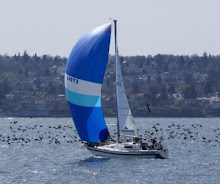 For the past few weeks I've been watching a series of programs on the Knowledge Channel (based here in British Columbia) that has to do with the Mekong River in southeast Asia. That river has its source in the Tibetan Plateau in China (Tibet). A map from Wikipedia above shows the countries through which the river flows on its way south to the sea.
For the past few weeks I've been watching a series of programs on the Knowledge Channel (based here in British Columbia) that has to do with the Mekong River in southeast Asia. That river has its source in the Tibetan Plateau in China (Tibet). A map from Wikipedia above shows the countries through which the river flows on its way south to the sea. The larger map above, also from Wikipedia, shows the Tibetan Plateau in greater details. Its an important source for a number of important Asian rivers, the Mekong River being just one of the many.
The larger map above, also from Wikipedia, shows the Tibetan Plateau in greater details. Its an important source for a number of important Asian rivers, the Mekong River being just one of the many. There are a number of endangered species of animals in the upper Mekong River (Yunnan) before reaching the Tibetan plateau. Some are the Yunnan Golden Monkey (above), the Red Panda and the Asiatic Black Bear to name a few.
There are a number of endangered species of animals in the upper Mekong River (Yunnan) before reaching the Tibetan plateau. Some are the Yunnan Golden Monkey (above), the Red Panda and the Asiatic Black Bear to name a few.The program also dealt with fishing with cormorants in one of the alpine lakes. To learn more about this and other aspects of the Mekong River you can start your research by Googling. This is a fascinating planet, don't you think, despite all the harm we've done to it in recent times? - V



